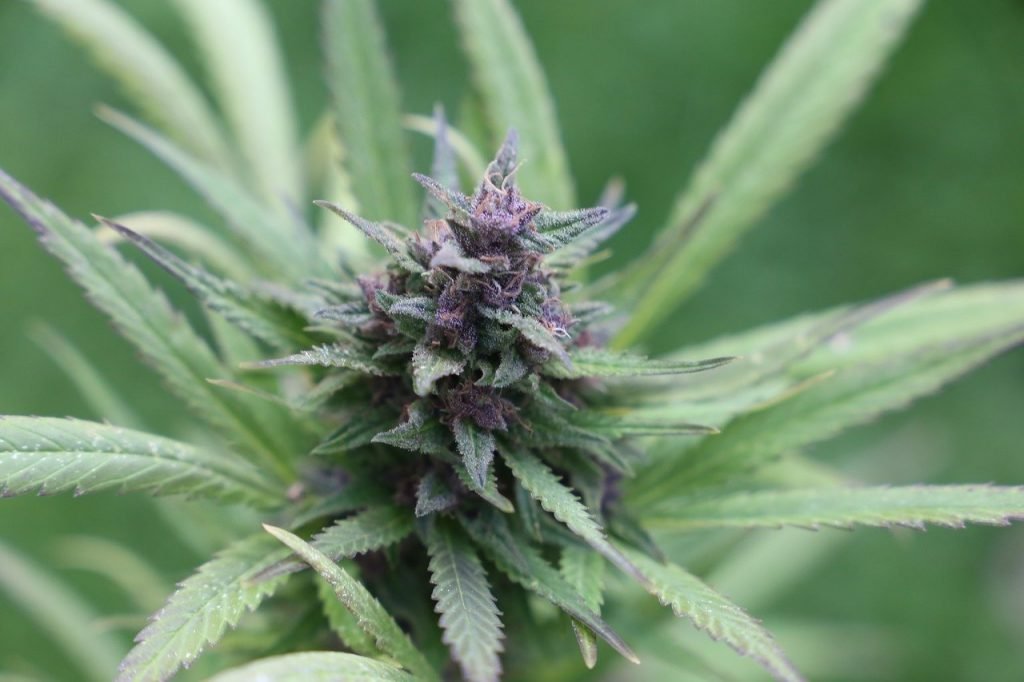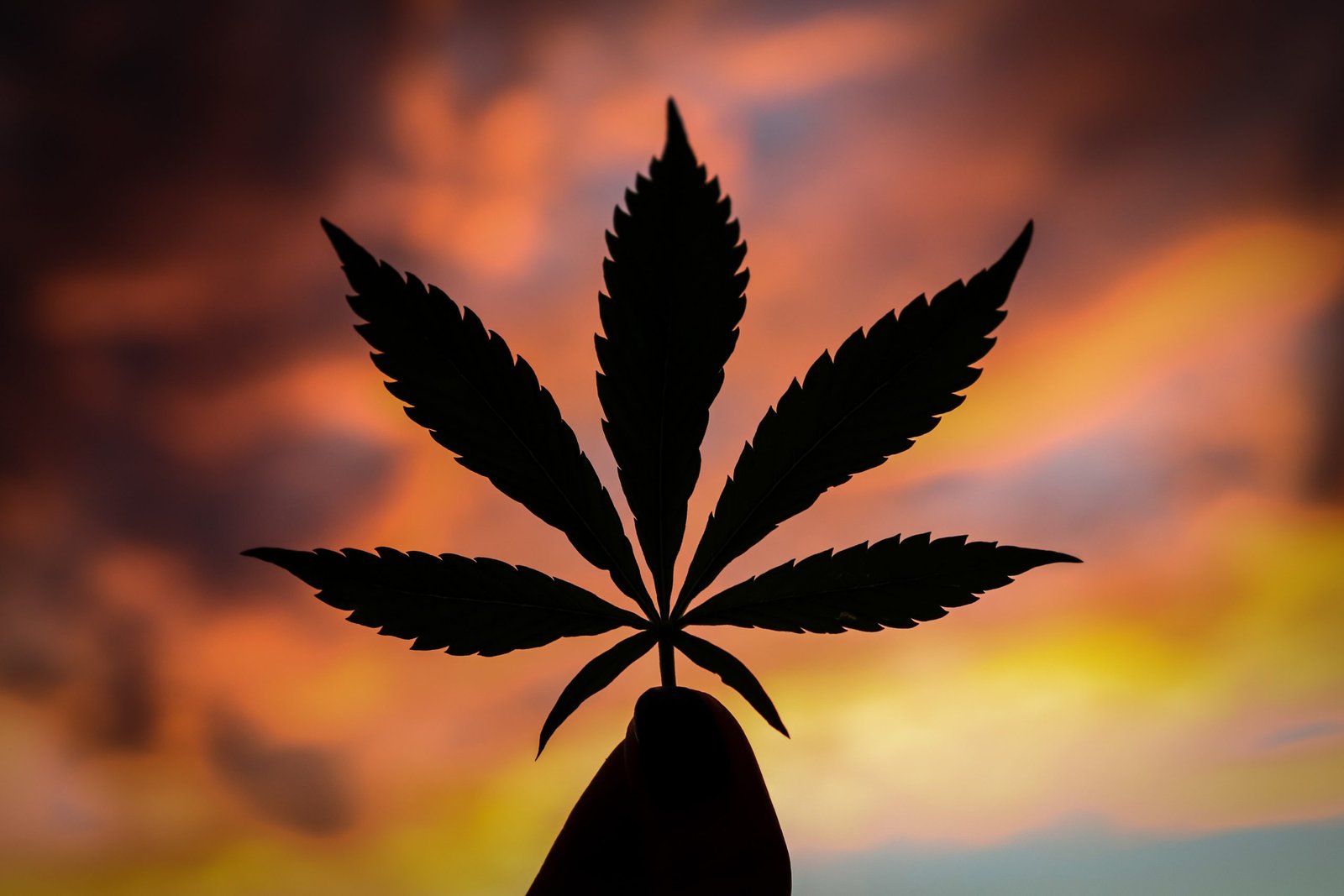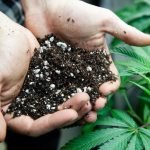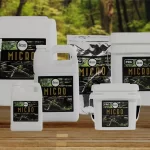Best Nutrients For Weed
choosing nutrients for your cannabis plant
Choosing which nutrients or fertiliser to use can be a complicated task for beginner cannabis growers. Your plant will need nutrients for a healthy growth and to produce a thriving plant with quality buds and flowers.
During each growth stage, the type and amount of nutrients will differ. Many companies have adapted their packaging to include the nutrient ratios, to make it easier for buyers. You can also grow your cannabis naturally if you prefer to use organic matter and other natural sources.
Remember to check the nutrient bottle for the NPK ratio (Nitrogen, Phosphorus and Potassium) and to make sure your plant is getting the correct level of nutrients at the right time in the growth schedule.

what are the main elements for your cannabis plant?
Your plants will need both mineral and non-mineral elements. Non mineral elements (micronutrients) such as those drawn from air and water, include carbon, hydrogen, and oxygen. Minerals your plant needs that can be found in the soil include nitrogen (N), phosphorus (P), potassium (K), magnesium, calcium, and sulphur.
Nitrogen
Nitrogen is especially important during the vegetative stage and provides chlorophyll, which allows the plant to turn sunlight into energy needed for growth. Nitrogen helps to form nucleic acid, which is vital for the plant cells to multiply and grow healthy leaves. Nitrogen also forms amino acids, providing protein for your plant. This helps the plant to develop into a strong structure.
Phosphorus
Phosphorus is essential for creating healthy and quality cannabis buds. It helps the plant to take in nutrients, building a strong plant structure and root development. Phosphorus also helps the plant to produce healthy and dense flowers. Without enough phosphorus you plant could start turning a purple colour in the leaves. This is a sign you need to increase this element in your nutrient solution.
Potassium
Potassium has many benefits to help build a healthy cannabis plant. It can control water and salt concentrations, as well as regulating how the plant takes in oxygen, CO2 and H20, through the stomata opening and closing. Potassium also helps to create glucose, which is stored as energy through photosynthesis. This energy will encourage the plant to grow well. A potassium deficiency will usually show as a browning or yellowing of the leaves.
Magnesium
Like potassium, magnesium also helps create energy through making glucose, through the photosynthesis cycle. It is a vital molecule in chlorophyll, that helps turn the sunlight into energy, in order for the plant to grow. Yellow leaves, and yellow veins in the leaves are signs of a magnesium deficiency.
Calcium
Calcium is another element that is essential for growth and a lack of it can even cause stunted growth in your plant. It helps to build the structure of cell walls and holds the plant together so it can grow strong. A calcium deficiency is usually identified as brown, burnt type spots on the leaves, or leaves becoming curly or crispy.

which is better: chemical or organic nutrients?
This really depends on what you are looking for, as each type is best for different things and may produce different results.
Organic nutrients are great if you want to grow as natural as possible, particularly for outdoor growers using soil, which is another natural and traditional growing medium. Growing naturally can be very satisfying. Many growers also believe that using organic nutrients create a more ‘earthy’ taste and produces better smelling and tasting buds overall. For hydroponic growers however, organic nutrients may not the best option, as you do not want anything else getting into your water tank.
Chemical nutrients also have their benefits. As the nutrients do not have to be broken down by soil, chemical nutrients can easily absorb and into your plant, and faster. This can make your plant grow faster, in soil as well as hydroponically. The buds with these nutrients can also be more potent, so great for those who like a strong bud. Chemical nutrients are recommended for hydroponic growers, although do watch out for chemical burn, which means you are over doing it with the chemicals!
shop bought or homemade fertilisers?
This is each person’s individual choice and there are benefits to both.
Premade fertilisers are much simpler to use, and you do not have to worry about mixing the wrong chemical elements together. Your plant will need different ratios of nutrients at various stages of the growth cycle. Having the ratios clearly labelled on the packaging can be a huge time saver and makes things less complicated for beginner growers. They are just generally easier to grow with.
However, if you are up for the challenge or want to give a DIY fertilisers a go, then this can be a fun way to really engage with what your plant needs and will give you the rewards at the end. However, be prepared for some hard work. Making your own fertiliser is no easy task and way more than just ‘adding the right nutrients together’. Remember that some elements wont work together, so to get it right, make sure you thoroughly read up about it before you start, to give yourself the best chance of succeeding.

watering is just as important
Monitoring the pH level of the water you give to your plants is just as important than ensuring you have the correct nutrients. Even with the right nutrients, your plant will not grow correct if it cannot take in the nutrients. When the pH level is not right, the plant will not be able to absorb the nutrients you give it.
Checking the pH level is easy with a digital pH pen. The right level will depend on which growing medium you are using. For growing in soil, the pH level should be around 6.0 to 7.0. For coco coir medium, around 5.5 to 6.5, and for use in hydroponics, around 5.5 to 6.5.
Ensure you are adding the right amount of nutrients into your water, regularly checking the pH levels, allowing 20% of water to drain out of your plant, and checking the top inch of the soil if dry before watering again.
nutrient levels at each stage
The NPK ratio stated on a fertiliser will show the amount of nitrogen, phosphorus, and potassium percentages the nutrient solution contains. It will always be in that order too. For example, if the bottle has an NPK ratio of 10-30-10, it means there will be 10% nitrogen, 30% phosphorus, and 10% potassium. You will need to check the ratio as this will change during each stage of plant growth.
When your seeds are sprouting, you do not need to add any nutrients, as this can overwhelm the plant, as they are not strong enough to take in large amounts of nutrients.
When you reach the vegetative stage, you will be able to start adding ‘vegetative’ nutrients. Your plants at this stage will need an equal amount of nitrogen, phosphorus, and potassium. Fertilisers high in both nitrogen and potassium, and medium on phosphorus, also work very well.
During the flowering stage, your plant will need less nitrogen, and more potassium and phosphorus. Fertilisers may be labelled as ‘bloom’ nutrients, which will help the growth and development of the flowers and buds.
Tip: Do not buy any slow release nutrients. These may work well in other garden plants, but they could produce a problem when growing cannabis, such as giving too much nitrogen in the flowering stage.

starter grow materials
Here are the essentials you will need in starting out your cannabis growing journey. We provide high quality products to make your first grow that little bit easier.

Our deep love of plants and fascination with Cannabis has enabled over 25 years of successful small scale Marijuana cultivation from indoor hydroponics, greenhouses and outdoor growing set-ups.
As Cannabis laws around the world change, *we support the movement toward freedom of choice for responsible, consenting adults who wish to experience the joy and wonder of growing a Cannabis plant.






